10 Christian Mystery Books Everyone Should Read

Mystery novels have a uniquely Christian history. Some of the genre’s great innovators have been pastors or theologians. As historians like Douglas G. Greene have noted, the genre thrived in periods like the aftermath of World War I, where people craved religious answers.
Mysteries have changed a bit since then, but their connection to religion arguably hasn’t disappeared. Whether it’s the suspenseful mysteries of Mike Nappa (writing as himself or as Sharon Carter Rogers) or the cozy mysteries of Laura Bradford, the genre continues to explore our yearning for justice. The following mystery books cover a range of genres and periods, each written by writers who identified as Christians—and usually found some creative ways to fit their faith into their stories.
Further Reading: 100 Books Every Christian Should Read
Photo Credit:©Getty Images/Liudmila Chernetska
1. Cold Drip by Heather Day Gilbert
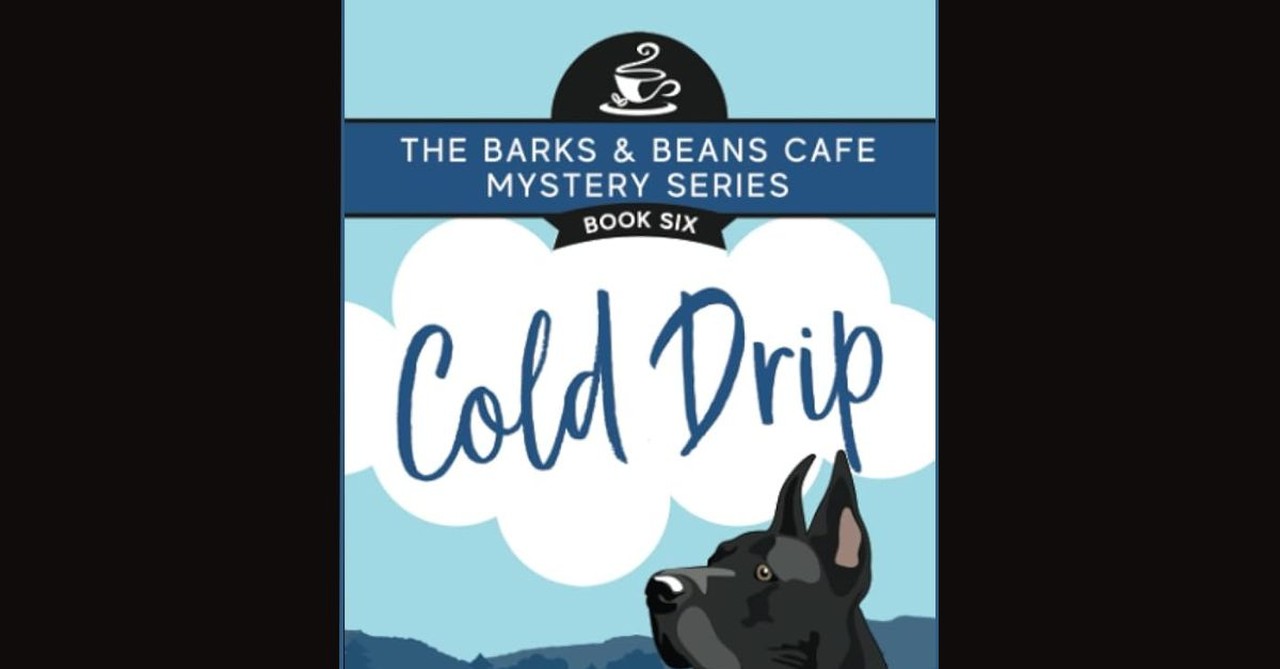
1. Cold Drip by Heather Day Gilbert
SLIDE 1 OF 11
Heather Day Gilbert’s Barks & Beans Cozy Mystery series follows Macy and Bo Hatfield, siblings who run a coffee shop in a small Virginia town . . . and find they have a knack for solving mysteries.
Cold Drip opens on a dramatic note: Macy has taken her boyfriend on a cavern tour that ended with a well-liked local woman dying by falling. Is it an accent…. or did the high society lady irritate people in the wrong circles? Macy will need help from her barista friend Milo to get inside the woman’s social circle and find out the truth. The question is whether they can do that before whoever killed the victim finds a convenient way to silence them as well.
Further Reading: 10 Inspiring Christian Mystery Authors You Can Read Today
2. Gaudy Night by Dorothy L. Sayers
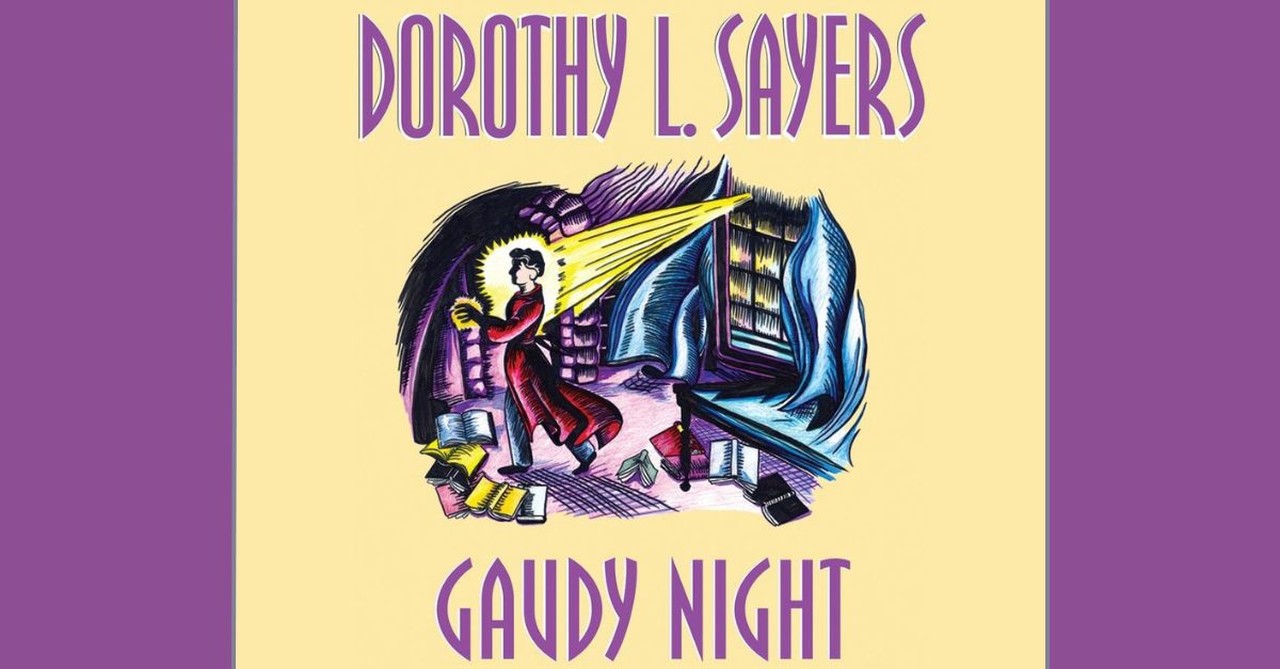
2. Gaudy Night by Dorothy L. Sayers
SLIDE 2 OF 11
Dorothy L. Sayers accomplished many things, from writing a controversial play series about the life of Christ to translating the Divine Comedy. However, many know her best for her detective stories, most featuring the adventures of amateur detective Lord Peter Wimsey. Gaudy Night is considered one of her greatest detective novels, and a fascinating example of how to redevelop a series when it reaches a crossroads.
The story begins with mystery author Harriet Vane visiting Oxford for a dinner at her alma mater, Shrewsbury College. She is nervous about coming back after recently undergoing a murder trial and pondering Wimsey’s recent marriage proposal. Things go well at the dinner until a poison pen letter appears, mentioning her trial and calling her a “dirty murderess.” The college’s dean asks for Harriet’s help investigating other sinister messages before word gets out and damages Shrewsbury’s reputation. Harriet works quickly to find the solution while exploring her feelings about Shrewsbury, the academic life, and just what she feels about Wimsey.
Further Reading: 10 Things You Need to Know about Dorothy L. Sayers
3. The Missing Link by Katherine Farrer
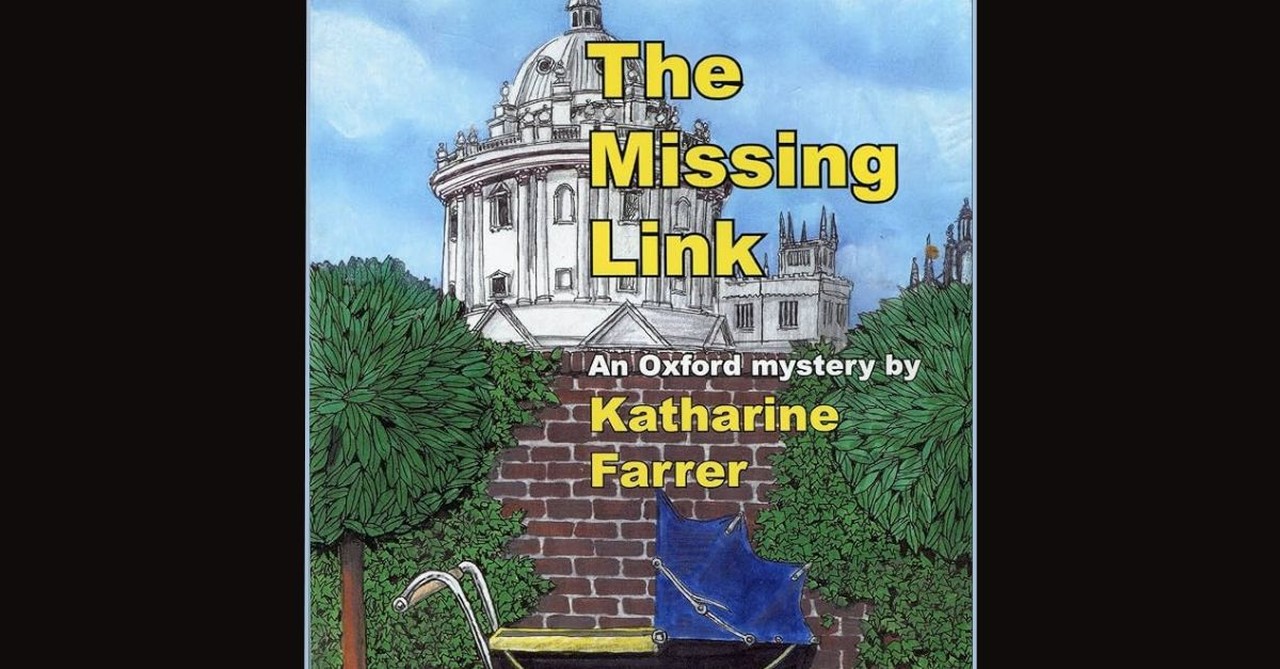
3. The Missing Link by Katherine Farrer
SLIDE 3 OF 11
Katherine Farrer led an unusual literary life, influencing several key figures. Her husband, Austin Farrer, was a foundational Anglican theologian who wrote about spirituality and philosophy in classics like The Glass of Vision. Their neighbor, J.R.R. Tolkien, went on to write The Lord of the Rings. Farrer informed both of their work in under-discussed ways—such as advising Tolkien on whether to make Middle-earth a round or a flat world. However, she was also a writer in her own right, who published three mystery novels following Scotland Yard Inspector Richard Ringwood.
Farrer’s first novel, Missing Link, has the humor and Oxford setting of something like Gaudy Night but a very different crime. Ringwood hopes to spend his time revisiting Oxford with his fiancée, Claire Liddicote, and maybe see some sites from his student days. When a four-month-old girl is kidnapped from a pram, the Oxford police ask him for help. The girl’s father turns out to be one of Ringwood’s classmates, and solving the crime will involve tracking down a disappearing nanny.
Further Reading: 10 Things You Need to Know about J.R.R. Tolkien
4. A Cold and Silent Dying by Eleanor Taylor Bland

4. A Cold and Silent Dying by Eleanor Taylor Bland
SLIDE 4 OF 11
Not enough readers know about Eleanor Taylor Bland today. One of the first African-American women to write a mystery series, Bland’s stories about Chicagoland detective Marti McAllister were permeated by her religious values.
A Cold and Silent Dying makes the stakes particularly personal. At the start, Marti is struggling to adjust to a new supervisor who seems threatened by her success. So when a homeless woman is found dead and the supervisor doesn’t think the case is worth investigating, Marti has to find a way to investigate it under the radar. Another threat arrives in town when an old enemy appears in town, targeting Marti to get at her friend, Sharon.
Further Reading: 100 Books Every Christian Should Read
5. War in Heaven by Charles Williams
5. War in Heaven by Charles Williams
SLIDE 5 OF 11
A friend of Sayers (and C.S. Lewis), Charles Williams had an interesting approach to novels. Most of his stories involve paranormal objects and how they affect people around them. War in Heaven was his first published novel. It’s also an exciting example of telling a murder mystery that becomes something far stranger. What begins as a problem to find the killer swiftly becomes more about why it was done, and whether the thing the killer sought was really worth killing for.
The story begins with a dark scene: a dead body found in a publishing office. A vicar checking in about his book-in-progress watches the police work and idly checks out another manuscript. The manuscript is a history work on the holy grail, claiming the grail has been located… and is in his parish. When he returns to his church, he soon finds a grail . . . but is it truly the cup Christ used at the Last Supper? What does this relic being uncovered now have to do with the murdered man?
Further Reading: Why Was Charles Williams the Odd Inkling?
6. Death in Holy Orders by P.D. James
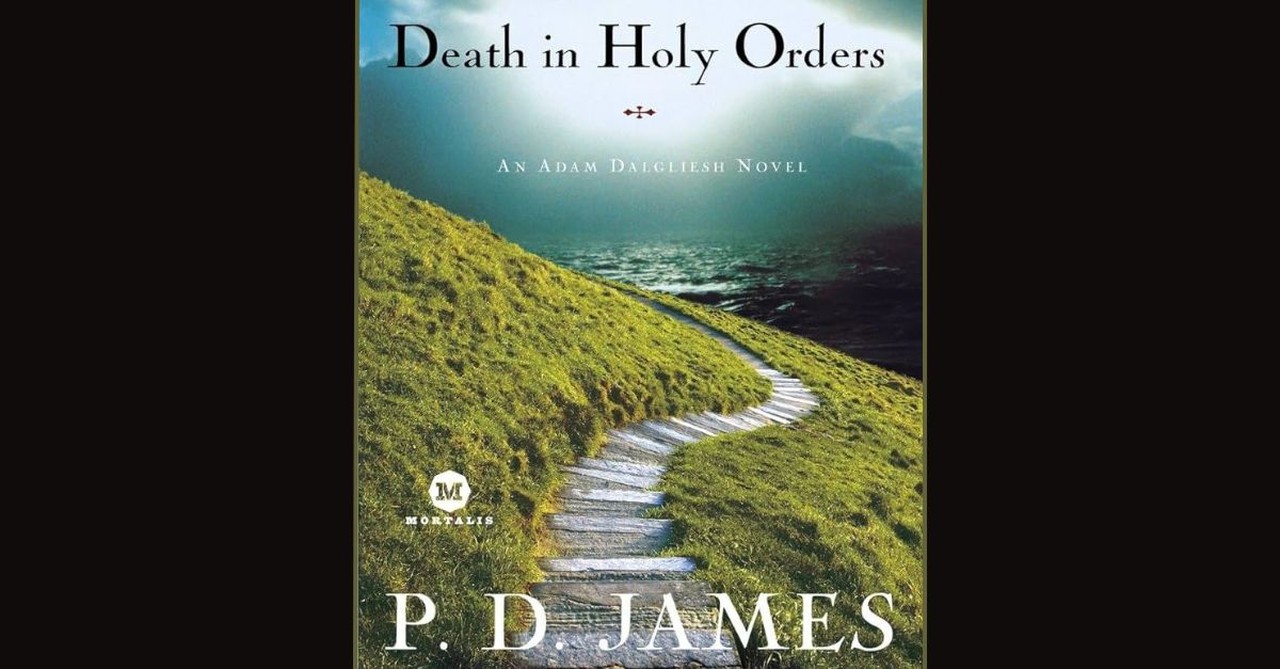
6. Death in Holy Orders by P.D. James
SLIDE 6 OF 11
P.D. James discussed her faith in several interviews and writings, with it becoming more overt in some books than others. Death in Holy Orders is one of the most overt examples, with its setting in a religious school.
James’ series detective, Adam Dalgliesh, hasn’t been to St. Anselm’s college for years, although he remembers the area well from his summer beach holidays. When he comes back as an adult working with Scotland Yard, he must determine what happened to a dead student found buried in a shallow sand grave. His interactions with the students preparing for ministry and their leaders challenge him to consider his own feelings about faith—after all, his father was a parson. As the characters discuss what religion looks like—how contemporary is too contemporary? When do we lose our grasp on tradition?—the story becomes not just a murder mystery, but a reflection on how what the church does when times change.
Further Reading: 10 Exciting Christian Suspense Authors You Should Read
7. Still Dead by Ronald Knox
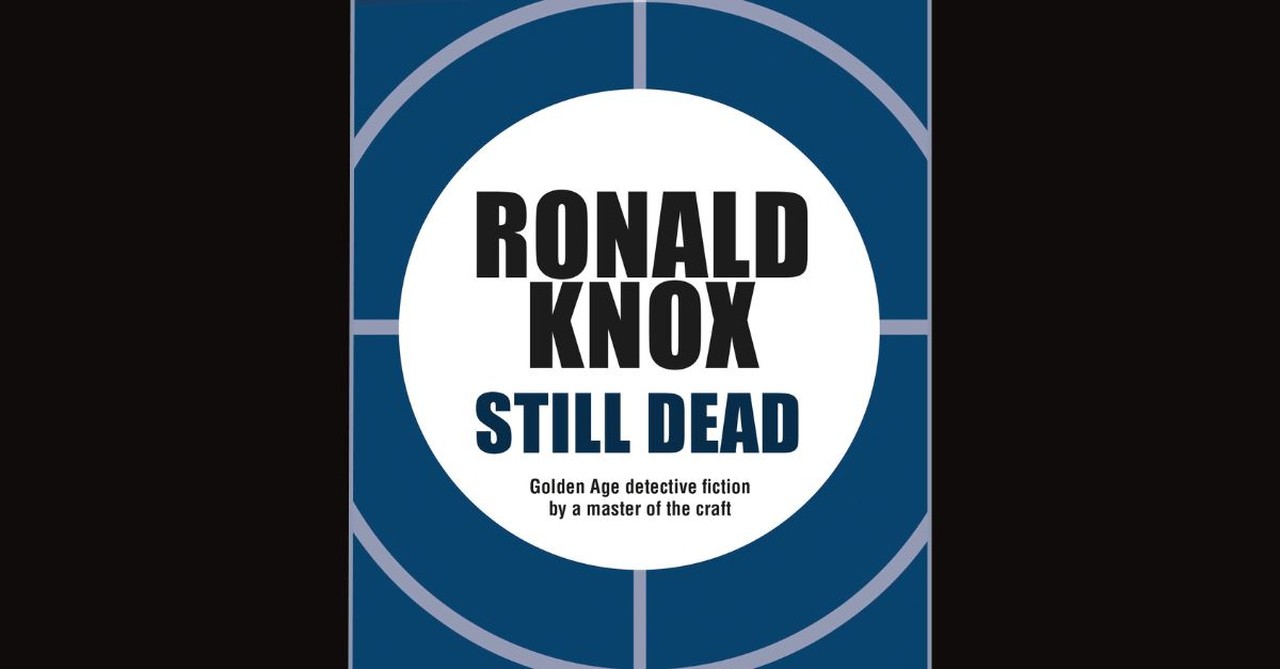
7. Still Dead by Ronald Knox
SLIDE 7 OF 11
A priest, Bible translator, and apologist, Ronald Knox also wrote The Ten Commandments of Detective Fiction and various mysteries featuring Miles Bredon, an investigator for the Indescribable Insurance Company.
Still Dead opens after a death has already occurred: a child died in a car accident, and the driver was acquitted. Bredon receives a report that the driver has been found dead on a roadside in Dorn, Scotland, but there’s a problem. The body disappeared for two days and then appeared again at the same spot… and the coroner is sure the body has been dead for only 24 hours. Bredon needs to not only figure out where this body came from, but whether it’s the same body that people saw the first time.
Further Reading: 10 Things to Know about Ronald Knox
8. Woe to the Scribes and Pharisees by Daniel Taylor
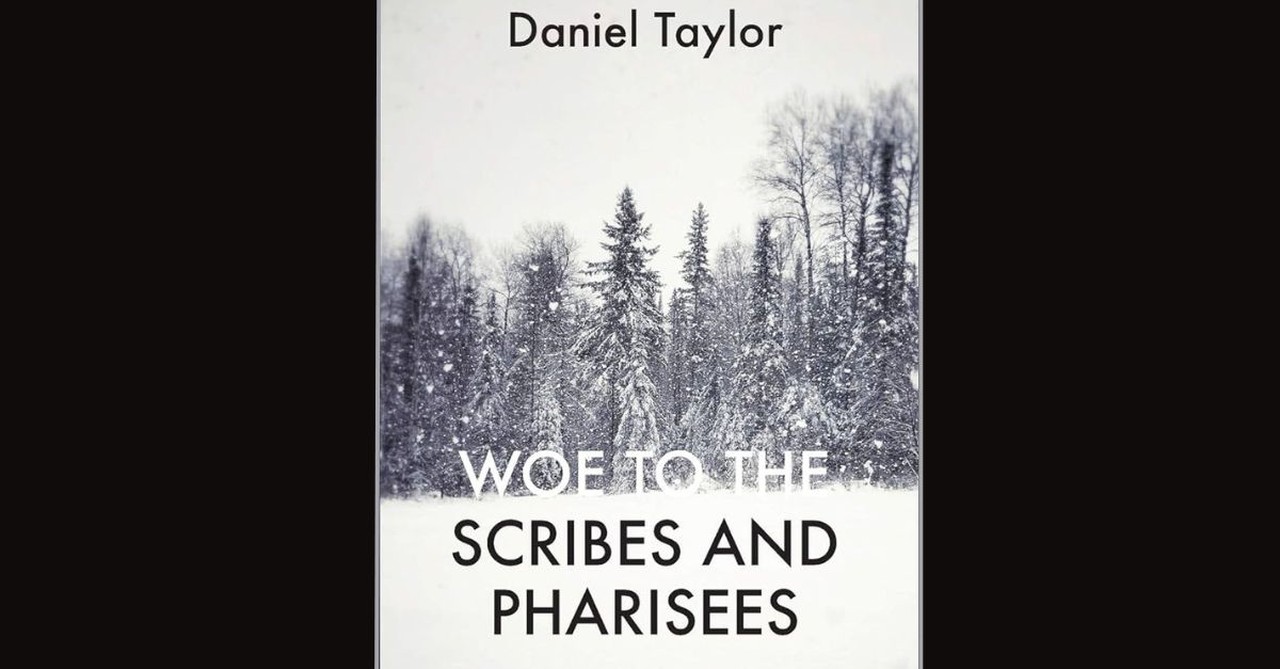
8. Woe to the Scribes and Pharisees by Daniel Taylor
SLIDE 8 OF 11
Biblical themes run throughout Daniel Taylor’s Jon Mote series, with one book even inspired by a King James Bible quote. However, Taylor always finds ways to fit the themes cleverly and organically into his stories. For example, Do We Not Bleed? follows Mote as he considers his spiritual struggles while trying to unravel whether someone he knows really committed the crimes they are accused of. That mixture of faith and cleverness is especially fun in the series’ third book, Woe to the Scribes and Pharisees, which imagines murder among Bible translators.
For all appearances, Mote is doing well. He is working to rebuild his marriage and career and is now working in publishing. When his company takes on a Bible project, Mote has to work with a team of scholars to update and sell a cheap translation. The group has been hired based on reputations and getting the most diverse team possible—some admit they don’t believe in God at all. Arguments erupt from the beginning, and Mote worries the project will fall apart. When one of the scholars is found dead, he worries that something even more sinister is going on. Is someone willing to kill over their convictions? Did the scholar have secrets that someone wanted to silence?
Further Reading: 10 Important Christian Fiction Authors You Should Know
9. The Cask by Freeman Wills Croft
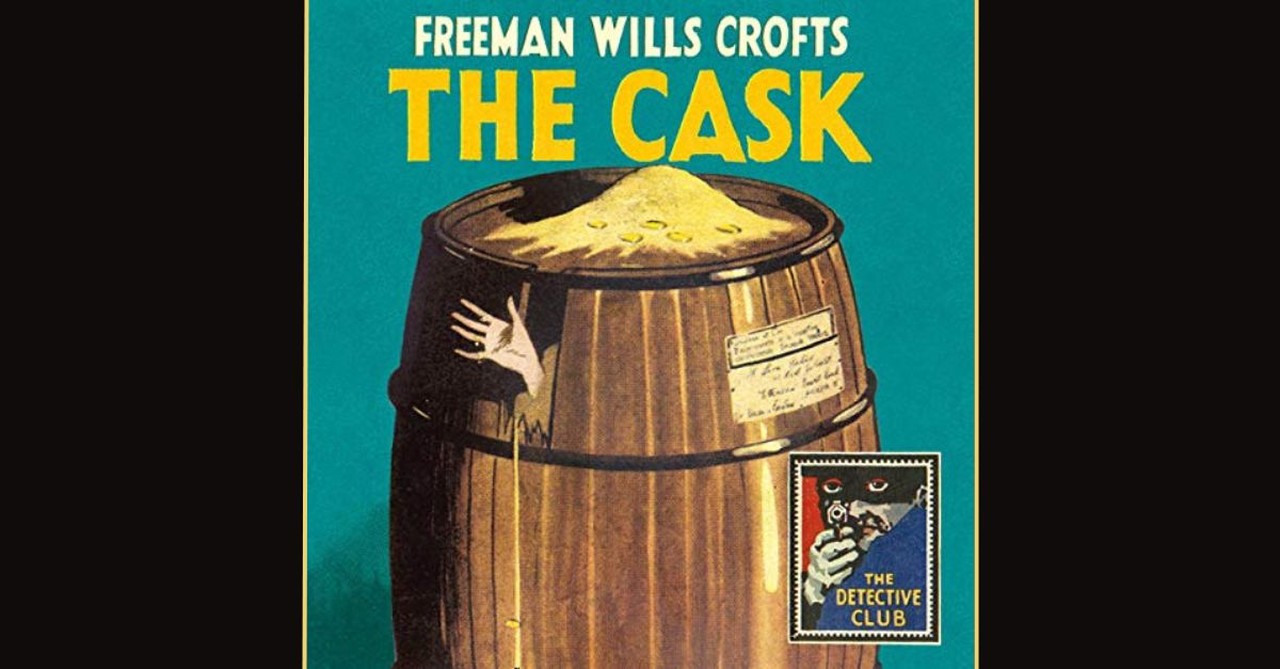
9. The Cask by Freeman Wills Croft
SLIDE 9 OF 11
Like Sayers, Crofts was an important member of the Detection Club. He was also a church organist, a devoted member of minister Frank Buchmann’s Oxford Group, and the author of The Four Gospels in One Story. His first book, The Cask, established him as the master of what we now call police procedural stories.
The story opens with a typical day at the Insular and Continental Steam Navigation Company. Their office at St. Katherin’s Docks in London is checking on the Bullfinch, a ship that has arrived from France with a damaged wine shipment. Inspecting the broken casks reveals one is missing wine… but has a body in it. Immediately, they contact the police, but by the time Inspector Burnley arrives, a new problem has happened. The cask is gone. Burnley compiles the facts to backtrack the cask’s movements from France and which people who had access to it have airtight alibis.
Further Reading: Did Freeman Wills Crofts Change Christian Mystery Novels?
10. The Missing Heiress by Robert Goldsborough
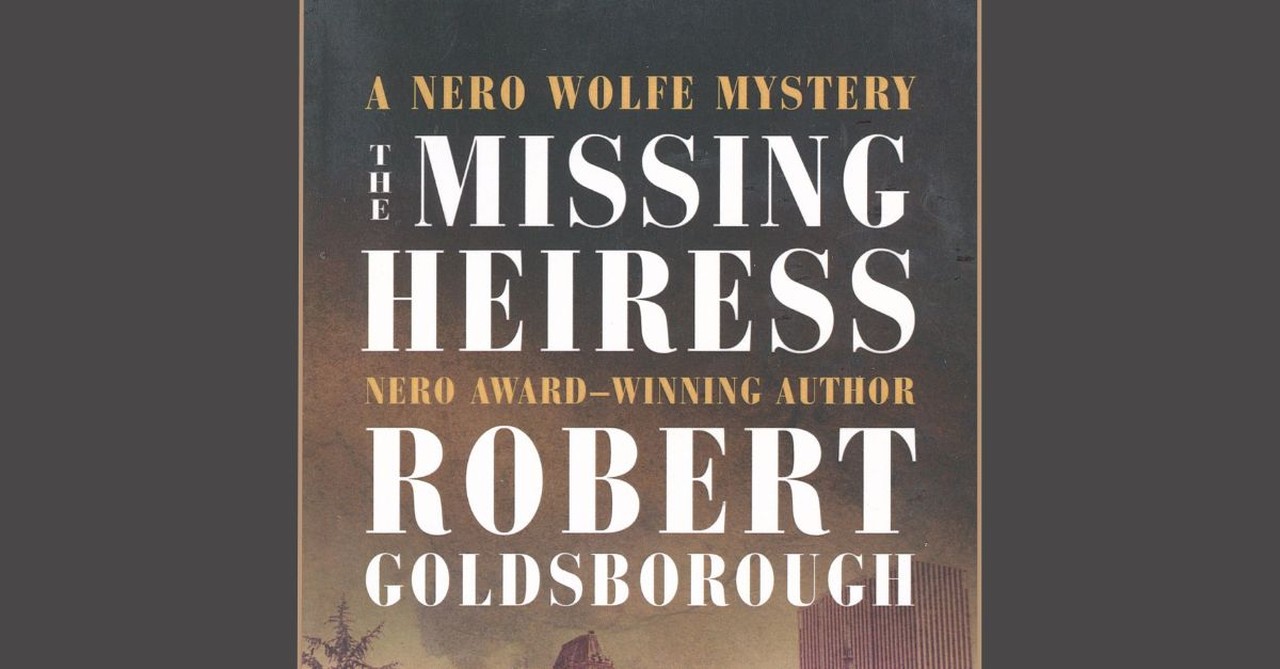
10. The Missing Heiress by Robert Goldsborough
SLIDE 10 OF 11
Robert Goldsborough first began attracting readers in the 1980s with his continuation of Rex Stout’s Nero Wolfe series. As in Stout’s original books, Wolfe is a mysterious figure who never leaves his New York brownstone, but the information his snarky assistant Archie Goodwin provides tells him all he needs to solve the crime. While Goldsborough’s solo series, the Snap Malek series, is worth exploring, there’s something about how well Goldsborough captures Stout’s writing tone that makes his stories about Wolfe and Goodwin always worth the trip.
In The Missing Heiress, Archie finds he’s in a tough spot: solving a crime without Wolfe’s help. His friend Lily Rowan wants help locating her friend Maureen Carr. Since socialites have many friends and the money to travel far, and Maureen went missing two weeks ago, Archie has his work cut out for him. When the attempt to locate Maureen’s half-brother takes a strange direction, he sees if Wolfe will get involved. Wolfe normally has little time if there’s no money in the case, but an accident involving a charging bull years ago means he sees Lily as something like a friend.
Further Reading: 10 Exciting Christian Mystery Novels
Honorary Mention: The Man Who Was Thursday by G.K. Chesterton
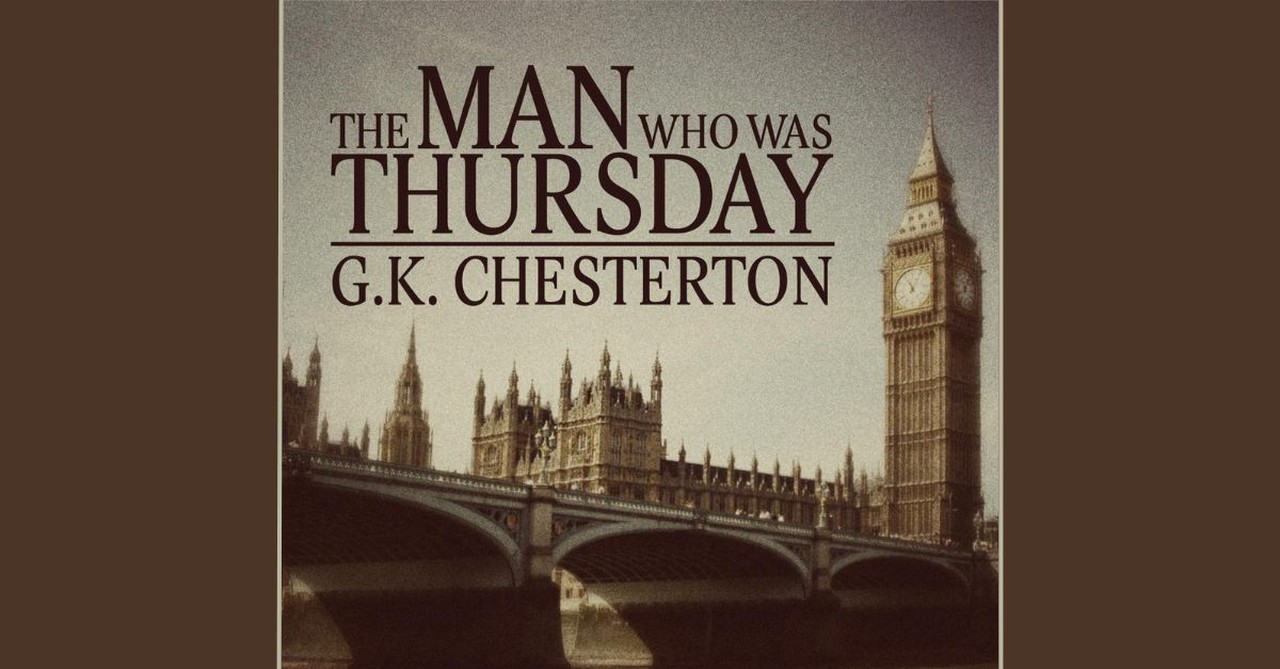
Honorary Mention: The Man Who Was Thursday by G.K. Chesterton
SLIDE 11 OF 11
Many people know G.K. Chesterton today for his apologetics like Orthodoxy. However, he was also a defender of detective stories, the first president of the Detection Club, and author of many classic detective stories where Catholic priest Father Brown solves crimes. The Man Who Was Thursday is the closest he got to producing a mystery novel, and while it’s closer to a thriller, it follows one of the key mystery tropes: offer some fair play. Give the audience enough clues to see the answer coming. At least when they read the book again.
The story begins with Gabriel Syme attending a garden party where guests talk about anarchist bomb threats affecting London. Anarchist philosopher Lucian Gregory meets with him after the party and offers an adventure: a chance to meet some subversives planning to overthrow order. Syme enters a council where each member is codenamed after a day of the week. As he works to recruit the other members, each step of his journey brings him closer to a mystery: who is Sunday, the head of the anarchist ring?
Further Reading: 10 Things You Need to Know about G.K. Chesterton

Originally published May 09, 2024.









